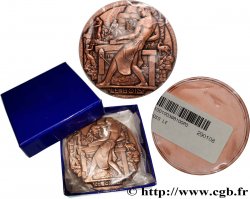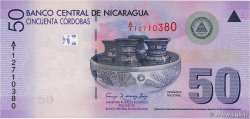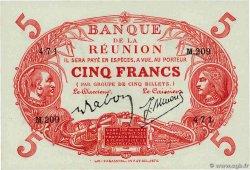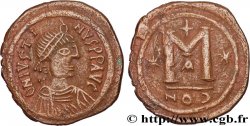v30_1197 - Préparation de la 10 francs Pétain, type Turin, essai en aluminium, tranche striée, léger 1938 Paris VG.cf. 5489 c
MONNAIES 30 (2007)
Starting price : 200.00 €
Estimate : 800.00 €
Realised price : 742.00 €
Number of bids : 7
Maximum bid : 1 107.00 €
Starting price : 200.00 €
Estimate : 800.00 €
Realised price : 742.00 €
Number of bids : 7
Maximum bid : 1 107.00 €
Type : Préparation de la 10 francs Pétain, type Turin, essai en aluminium, tranche striée, léger
Date: 1938
Mint name / Town : Paris
Metal : aluminium
Diameter : 28, 01 mm
Orientation dies : 6 h.
Weight : 2,37 g.
Edge : striée
Rarity : R2
Coments on the condition:
Infimes traces de manipulation, flans miroir
Catalogue references :
Obverse
Obverse legend : REPUBLIQUE - FRANÇAISE.
Obverse description : Tête de la République à droite, coiffée d'un bonnet phrygien lauré ; signé P. TURIN sous le buste.
Reverse
Reverse legend : 10 / FRANCS / 1938 / LIBERTE / EGALITE / FRATERNITE // ESSAI .
Reverse description : En sept lignes, entre deux épis de blé verticaux.
Commentary
Poids léger. Compte tenu du métal, de la date et des autres pré-séries connues, on peut être pratiquement certain que ce type fut utilisé pour mettre au point les 10 francs Pétain, bien qu’il reste possible que ces essais datent de l’immédiate avant-guerre et aient été effectivement destinés à frapper des Turins en aluminium. A contrario, il semble que les réquisitions de métaux n’aient pas été imaginés avant-guerre, donc que l’usage de l’aluminium indique la période de guerre. Si nous avons effectivement affaire à des essais de frappe de 10 francs Pétain, ces essais, du fait de leur métal, sont postérieurs aux essais de frappe au type 1939/1929 puisque ceux-ci n’envisageaient pas encore le rationnement du cuivre et du nickel.
Lightweight. Given the metal, the date and other known pre-series, we can be practically certain that this type was used to develop the 10 franc Pétain, although it remains possible that these tests date from the immediate pre-war period and were actually intended to strike aluminum Turins. On the contrary, it seems that the requisitions of metals were not imagined before the war, so the use of aluminum indicates the war period. If we are indeed dealing with test strikes of 10 franc Pétain, these tests, because of their metal, are later than the test strikes of the 1939/1929 type since these did not yet envisage the rationing of copper and nickel
Lightweight. Given the metal, the date and other known pre-series, we can be practically certain that this type was used to develop the 10 franc Pétain, although it remains possible that these tests date from the immediate pre-war period and were actually intended to strike aluminum Turins. On the contrary, it seems that the requisitions of metals were not imagined before the war, so the use of aluminum indicates the war period. If we are indeed dealing with test strikes of 10 franc Pétain, these tests, because of their metal, are later than the test strikes of the 1939/1929 type since these did not yet envisage the rationing of copper and nickel








 Report a mistake
Report a mistake Print the page
Print the page Share my selection
Share my selection Ask a question
Ask a question Consign / sell
Consign / sell
 Full data
Full data















